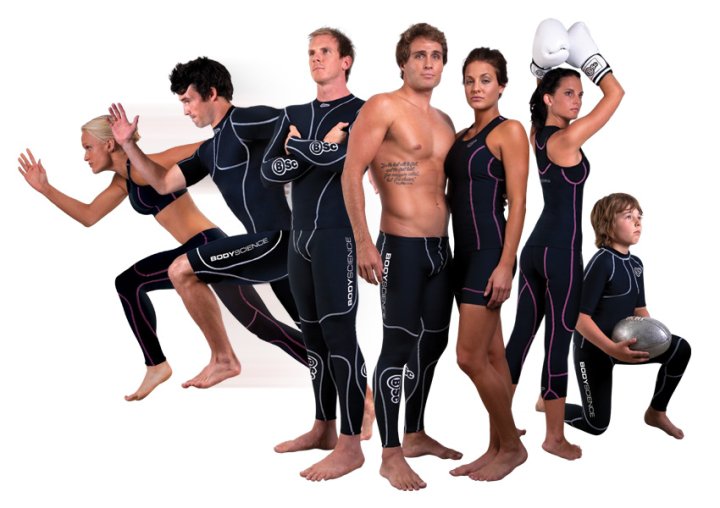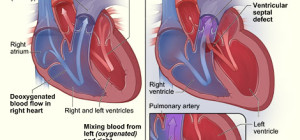 Most people think of compression garments as something you wear to treat a medical condition like venous insufficiency or varicose veins. Or, they are something that overweight people, or pregnant women, wear to prevent the excess weight from damaging their veins. In short, they believe that the only people who need compression garments have something wrong with them.
Most people think of compression garments as something you wear to treat a medical condition like venous insufficiency or varicose veins. Or, they are something that overweight people, or pregnant women, wear to prevent the excess weight from damaging their veins. In short, they believe that the only people who need compression garments have something wrong with them.
While it is true that people often use these products for medical reasons, there are times when people of all shapes, sizes, health statuses and fitness levels could benefit from wearing compression garments.
Safe Travels
Travel, especially flying, can be really tough on your body. First, airline seats have gotten smaller over the years so, unless you can afford first class or business class, you will most likely spend the flight crammed into a tight space with very little room to move. On particularly long flights this could mean sitting in the same position for hours. The second issue is that the air inside the plane if often very drying, and can actually dehydrate you - especially since we are no longer allowed to bring bottles of water onto our flights.
These two phenomena together can lead to sluggish circulation in your lower legs, which could ultimately result in something called Air Travel-Related Deep Vein Thrombosis and Pulmonary Embolism.
A deep vein thrombosis (DVT) is a large blood clot that forms in the veins deep in your lower leg. If the DVT stays in place, it can disrupt the blood flow in your lower leg and cause discomfort. If the DVT breaks off, it becomes what is called an embolus, and can travel through your blood stream and eventually lodge in one of the vessels in your lungs. An embolus that has traveled to the lungs is called a pulmonary embolism, and is potentially fatal.
What makes a DVT and pulmonary embolism so dangerous is that fact that you can have them and not realize it. In fact, many people who develop them on long flights are fine until they reach their destination, and then start having complications long after they land.
The good news is that you can help prevent DVT and pulmonary embolism in the following ways:
· Wear graduated compression stockings whenever you travel. The stockings need to fit properly to work well. You can consult your doctor about what size and what level of compression you need, and then purchase them from a medical supply store or order them from an online retailer like Therafirm.
· Stay well hydrated. Drink plenty of water before your flight, and at any layovers. If you are going to be spending a lot of time in the air, it would be a good idea to splurge on some bottled water.
· "Walk" in place, by alternately lifting your heels and toes, whenever you're sitting for long periods. Along with the compression stocking, this walking will help the blood flowing, to prevent it from clotting.
· If you have had recent surgery, consult your doctor about taking a blood thinner before you travel.
· Get up and walk around as much as possible.
Athletic Performance
Because compression clothing encourages blood flow, there are many who believe that compression garments can improve athletic performance and reduce recovery time.
In a study conducted by the School of Leisure, Sport and Tourism at the University of Technology, Sydney, scientists reported that compression garments might provide benefits during exercise such as lactate (or lactic acid) removal, and reducing the amount of stress on the muscles. Both of these phenomena could not only improve muscle performance during exercise, but also significantly reduce the amount of time it takes to recover after.







